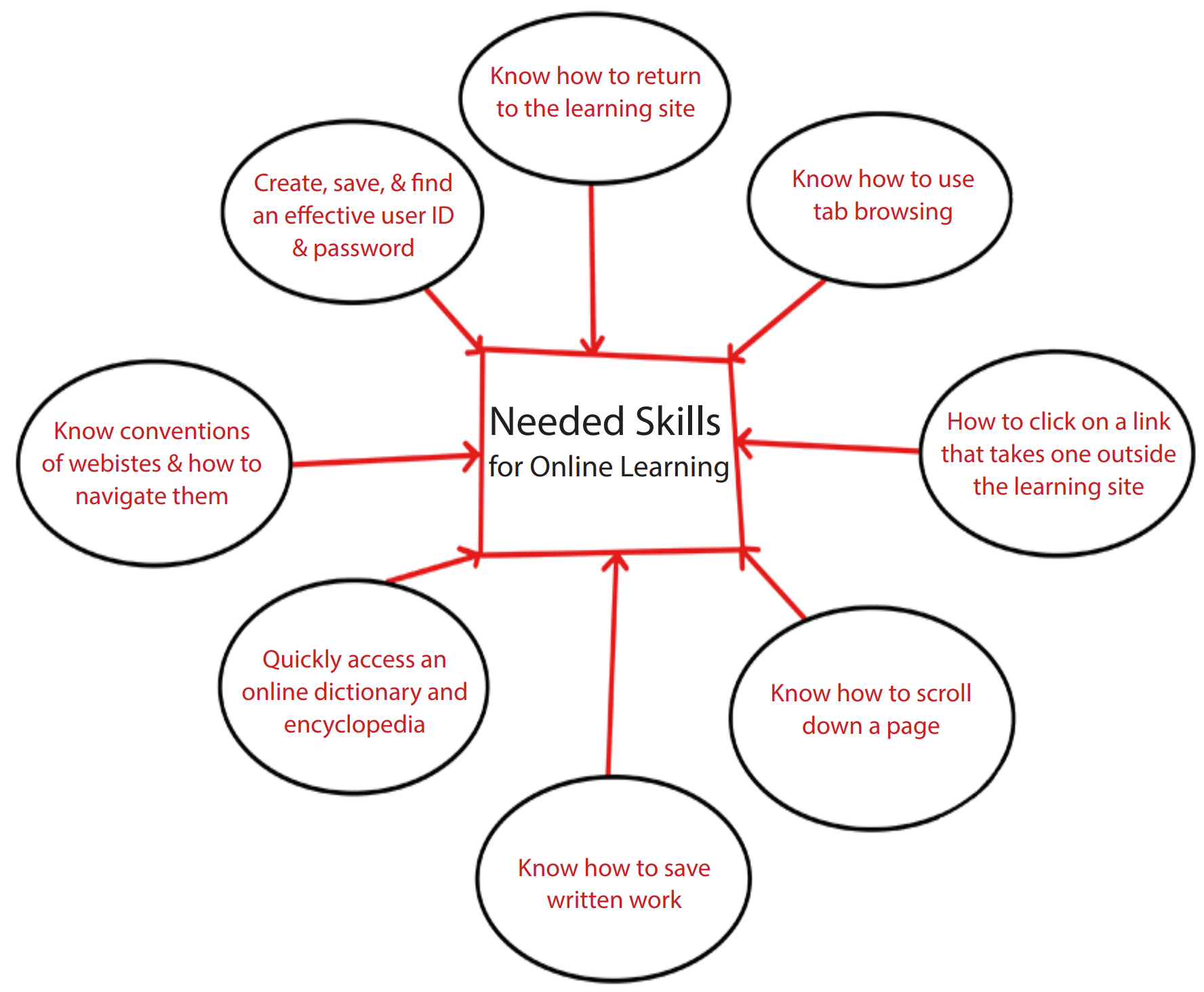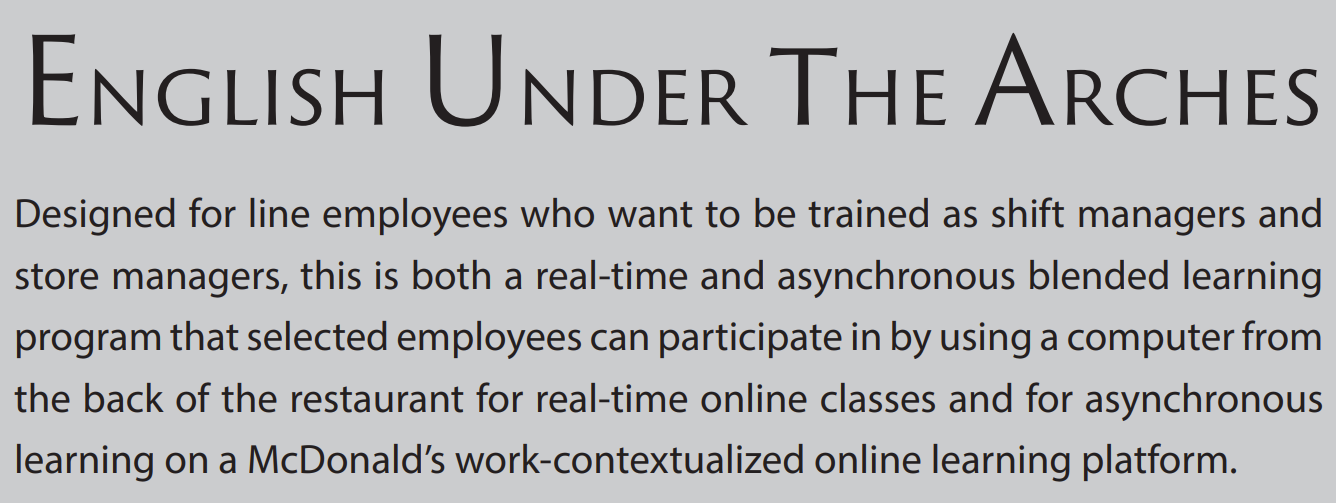OTAN News
Blended Learning for the Adult Education Classroom
With so many resources to review and share with colleagues within the purview of adult education, the guide Blended Learning for the Adult Education Classroom, written by co-authors David J. Rosen Ed.D and Carmine Stewart, is a friendly resource for educators. The Table of Contents efficiently lists ten sections with an added Appendix. This article refers extensively with Section One.
Section One: What Is Blended Learning, and How Could It Help Adult Learners, Adult Literacy Educators, Programs and Schools?
What is Blended Learning?
According to the guide, "Blended learning, sometimes known as hybrid learning, is a teaching and learning model that has a face-to-face class or tutorial component combined with an online learning component."
How Could Blended Learning Help My Learners, My Program or My School?
There are many benefits of blended learning in adult basic education.
-
Blended learning may be more effective for adult learners than only face to face learning or only online learning. Data from the Texas Educating Adults Management System (TEAMS) credit adults who engage in blended learning outperform learners in a traditional classroom and adults who "receive more than 50% of their contact hours at a distance."
-
Blended learning is a way to extend learning time so students can reach the new state College and Career Readiness (CCR) standards. The basis for the high school equivalency (HSE) exams and instructional materials for student preparation come from the CCR standards. To reach these standards, students require more learning time. This is not always possible with funding resources, adult learner work and family schedules. A student can extend their learning time, outside of class, with online instruction, practice, and assessment with blended learning.
-
Blended learning enables student to acquire digital literacy/digital readiness, and online learning skills. Introducing the online component of learning provides student opportunities "to develop digital readiness skills." Digital literacy is an implicit benefit to blended learning as adult learners become competent, comfortable and proficient with online learning.
 Image from Essential Education: Blended Learning for the Adult Education Classroom
Image from Essential Education: Blended Learning for the Adult Education Classroom
-
Blended learning is a way to "make up" missed classes. Adult learners inevitably will need to miss classes due to family and work responsibilities. Software applications where teachers can use a webcam to teach a lesson can then be stored on a learning management system for the student to access.
-
Blended learning is a way to make homework more convenient and appealing. With adult learners who have "portable digital devices (e.g. smartphones, e-readers, tablets, or laptops) an online learning component will make homework more convenient." Access to homework can occur at any time of the day or night according to the students schedule.
-
Blended learning enables easier monitoring of student progress. Online learning systems and platforms have "well-developed management information systems, automated learner progress reports, and portfolios." This ensures quick and easy feedback for teachers and students. This creates an opportunity to classify students who require additional help, need review or are proficient.
-
Blended learning fits well with competency-based (performance-based or mastery learning models.) This model is based on mastery driven by specific, measurable, or observable learning objectives or intended outcomes. This means students are given the time needed to master the competencies rather than needing to depend on class progress.
-
Blended learning fits well with workplace basic skills, including workplace English language learning. An example of this is an award-winning management training program sponsored by the McDonald's Corporation called English Under the Arches.
 Image from Essential Education: Blended Learning for the Adult Education Classroom
Image from Essential Education: Blended Learning for the Adult Education Classroom
Full Guide: Blended Learning for the Adult Education Classroom (PDF)

